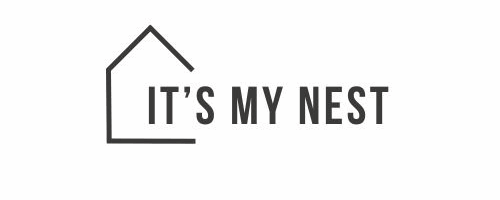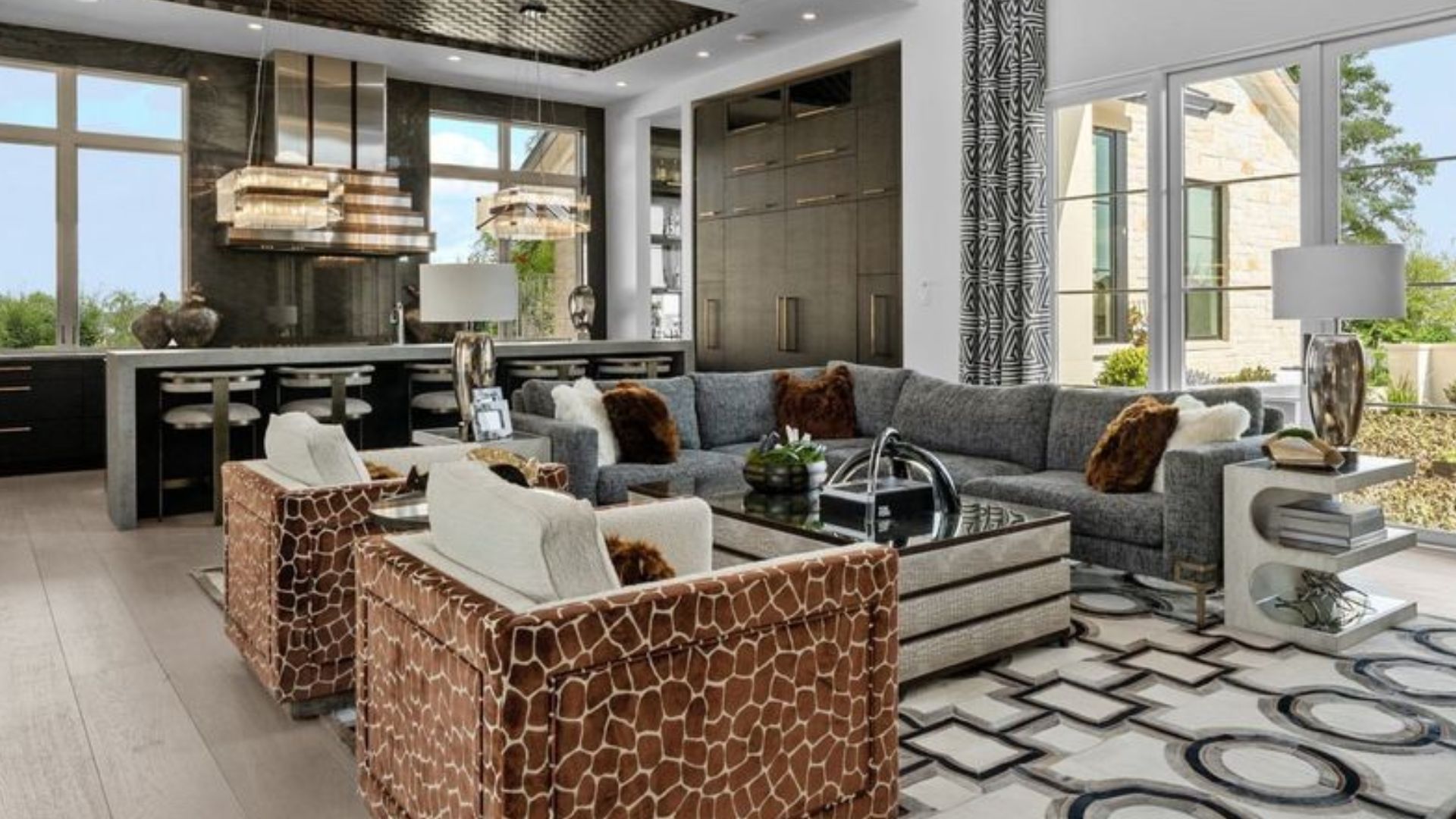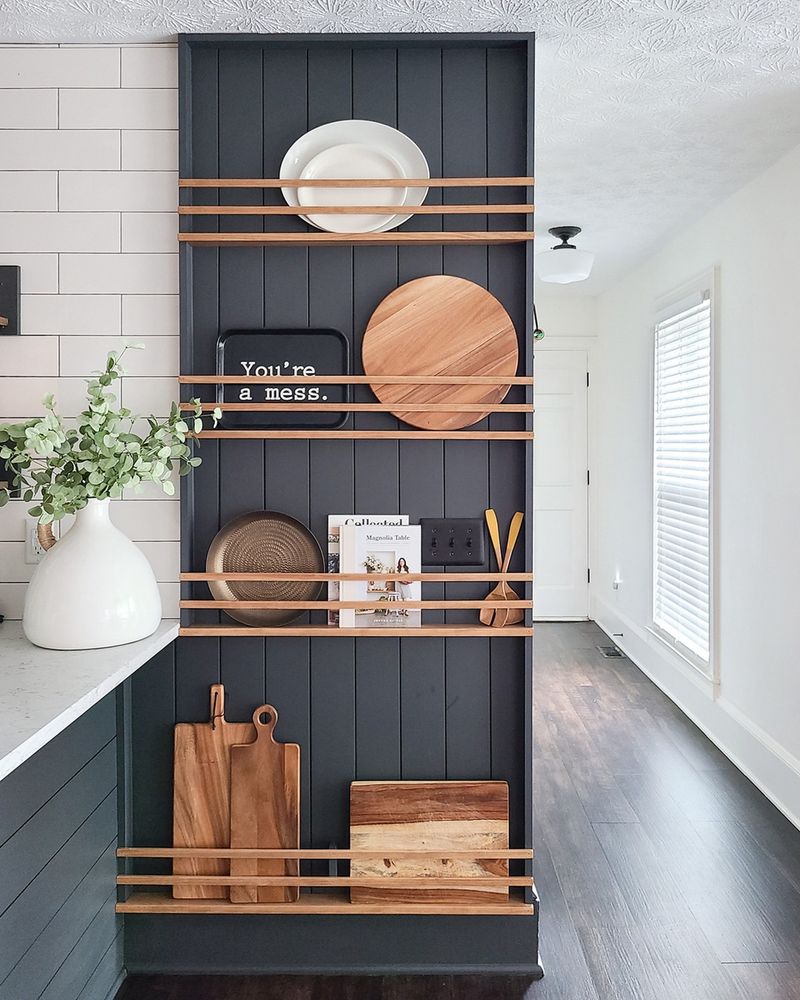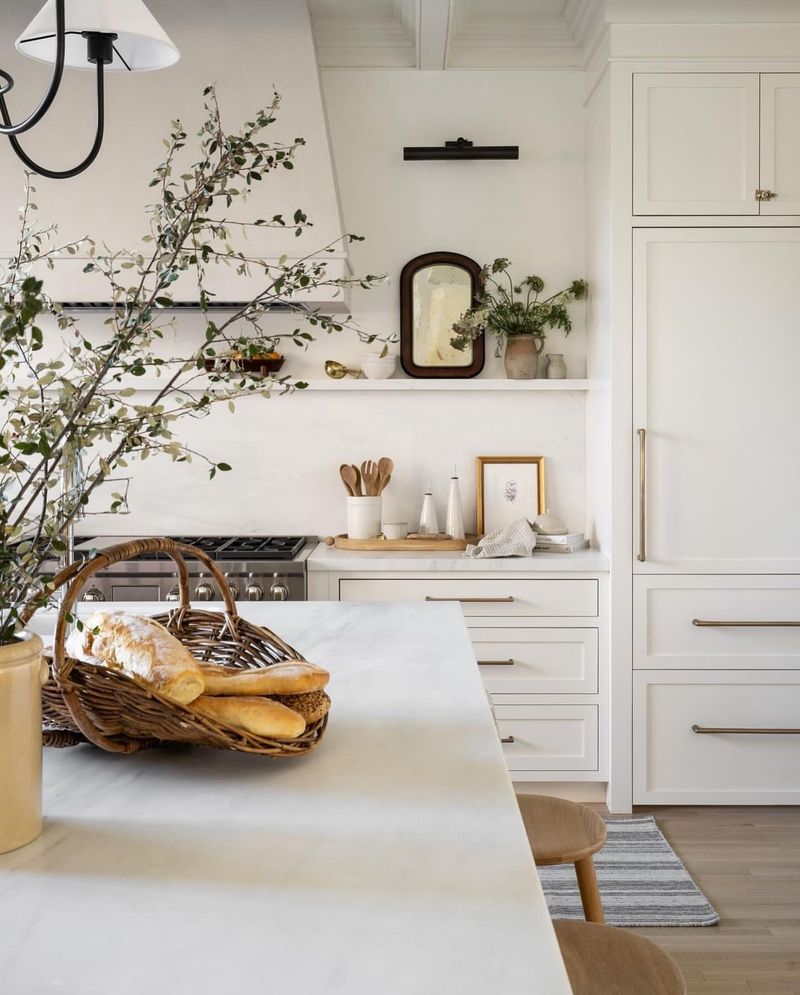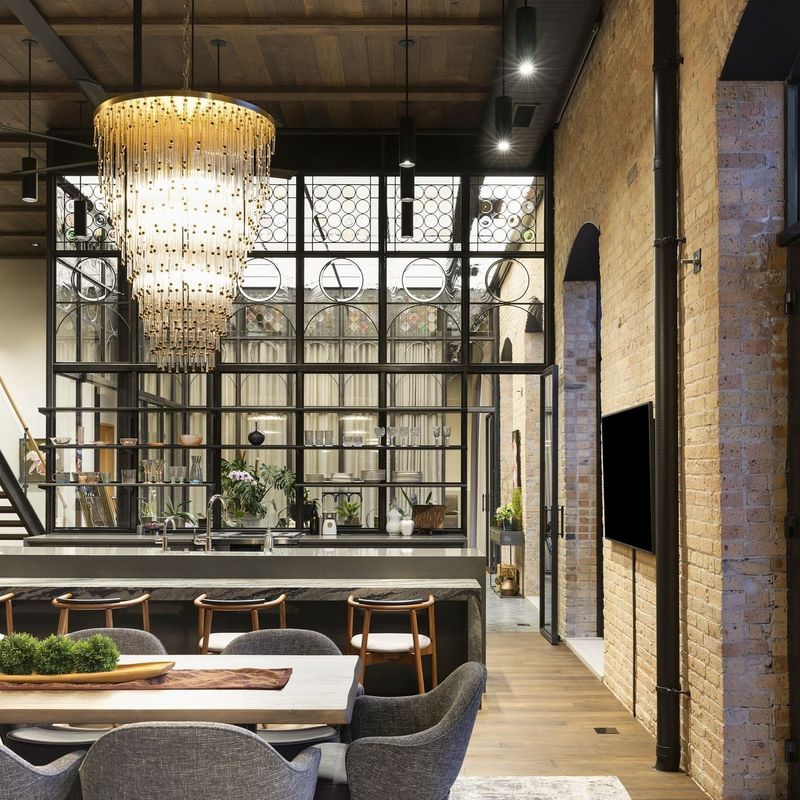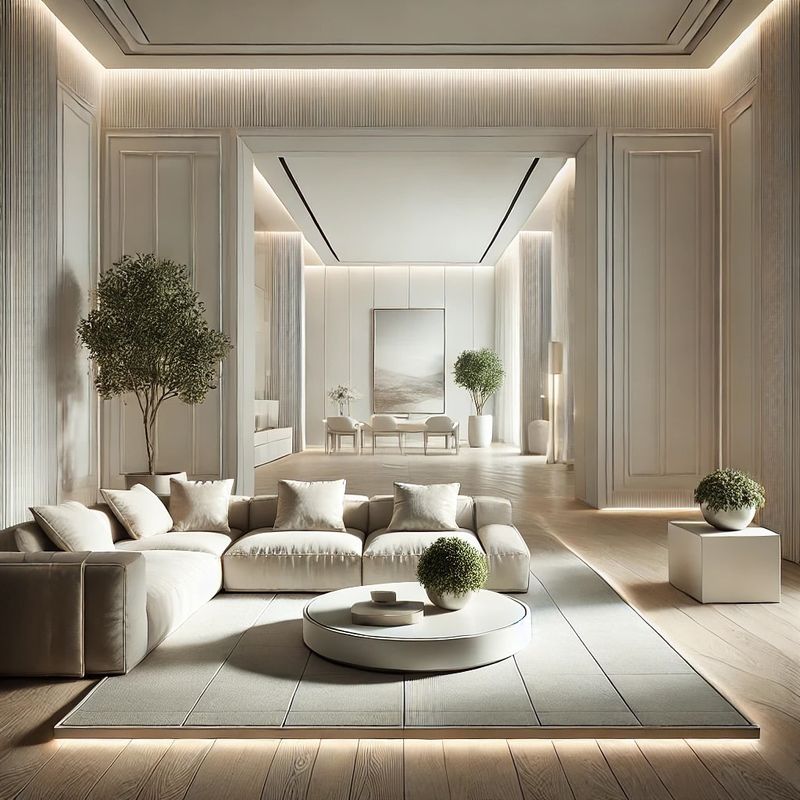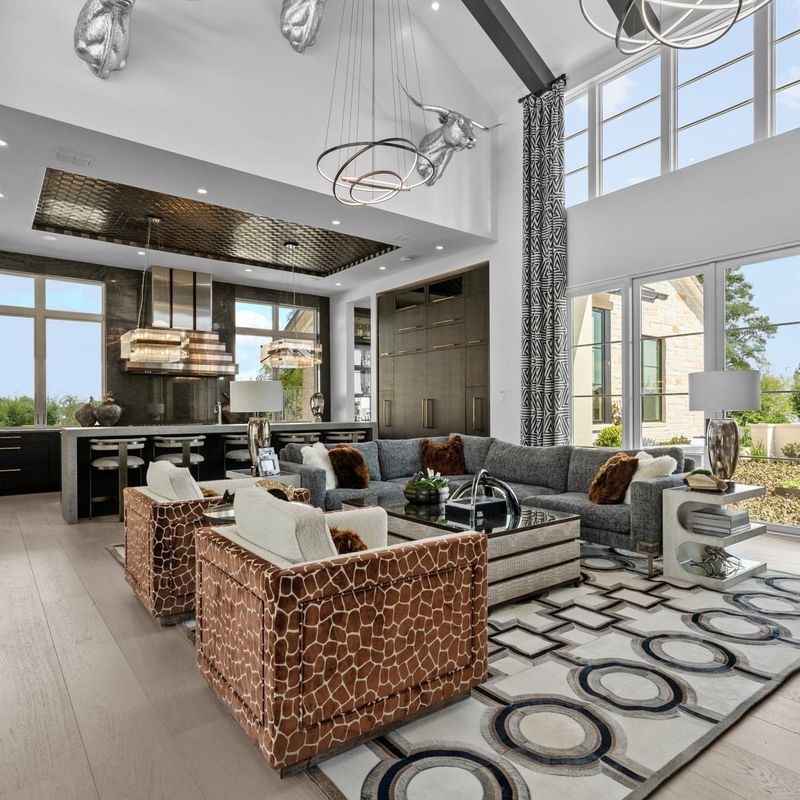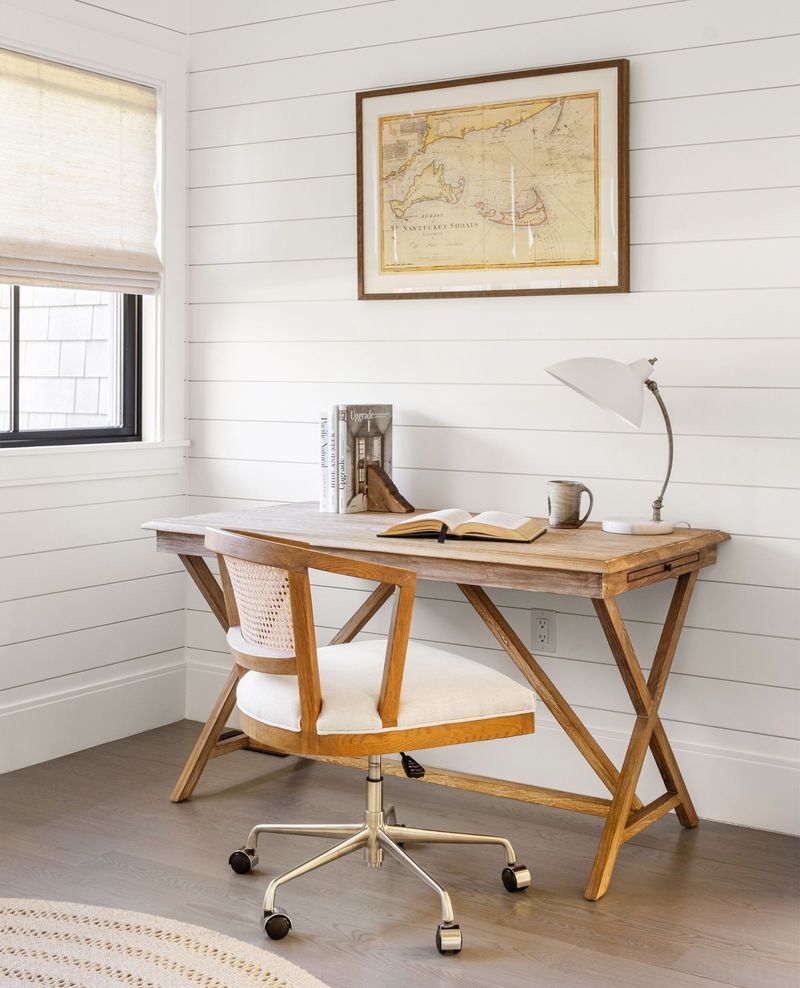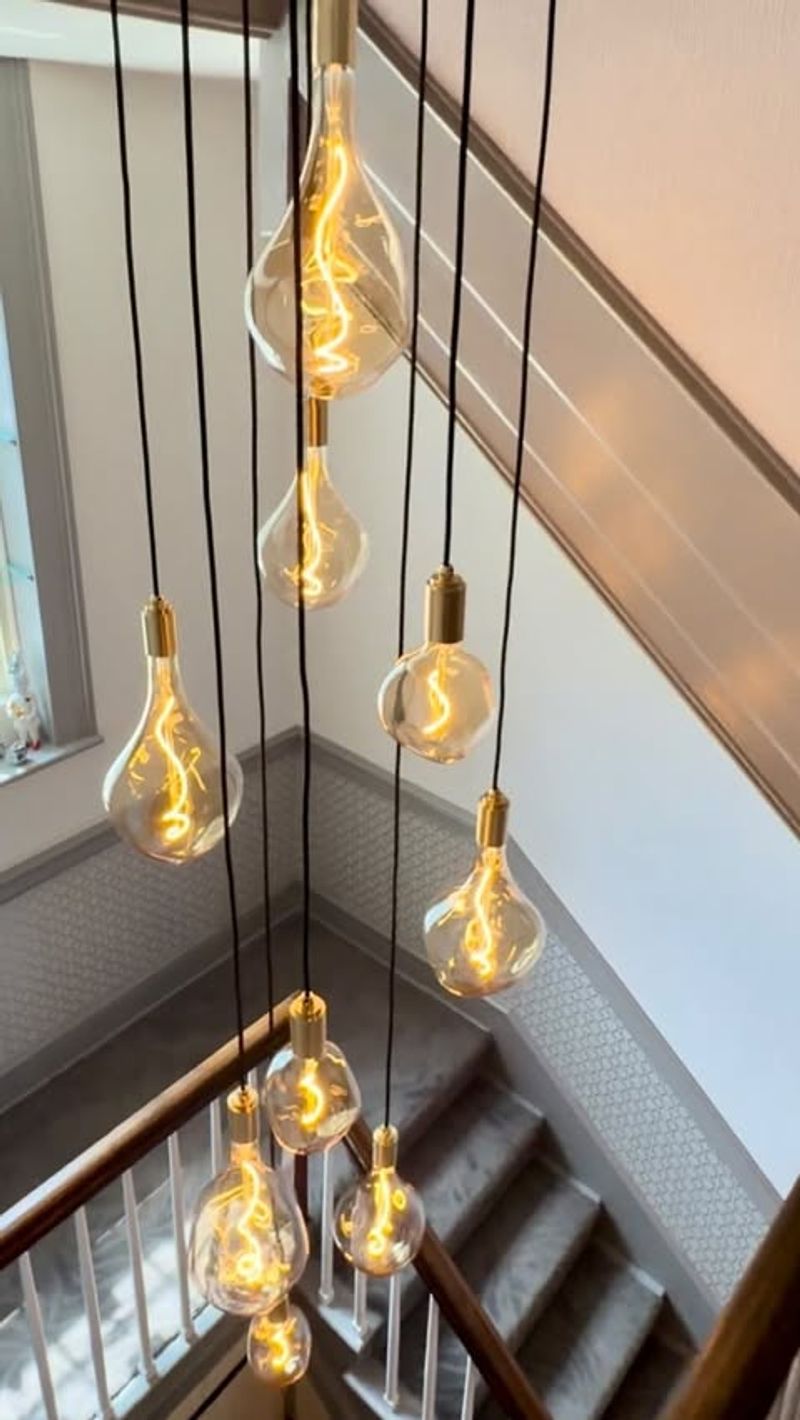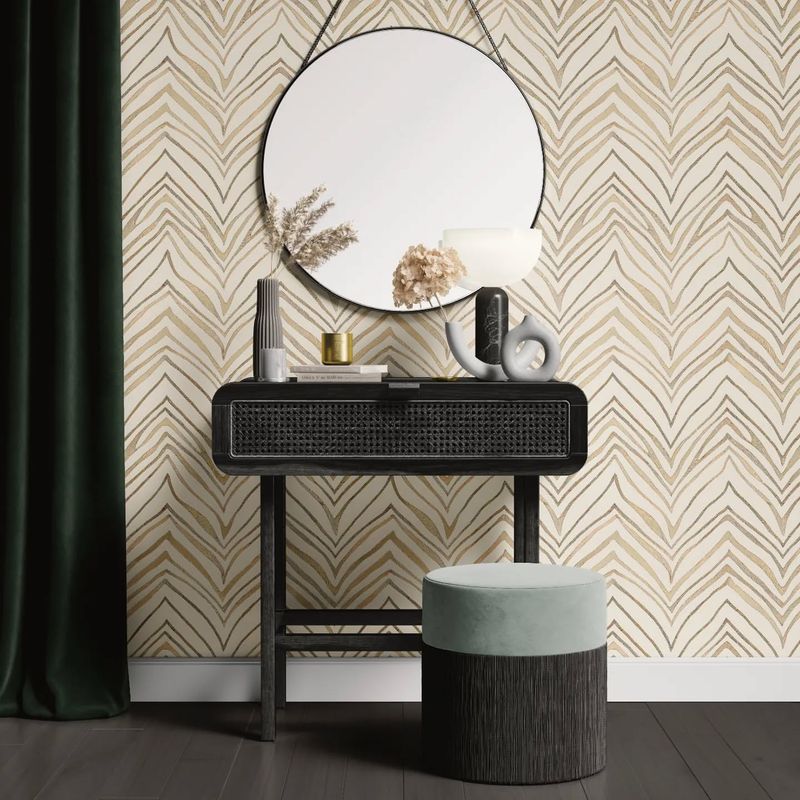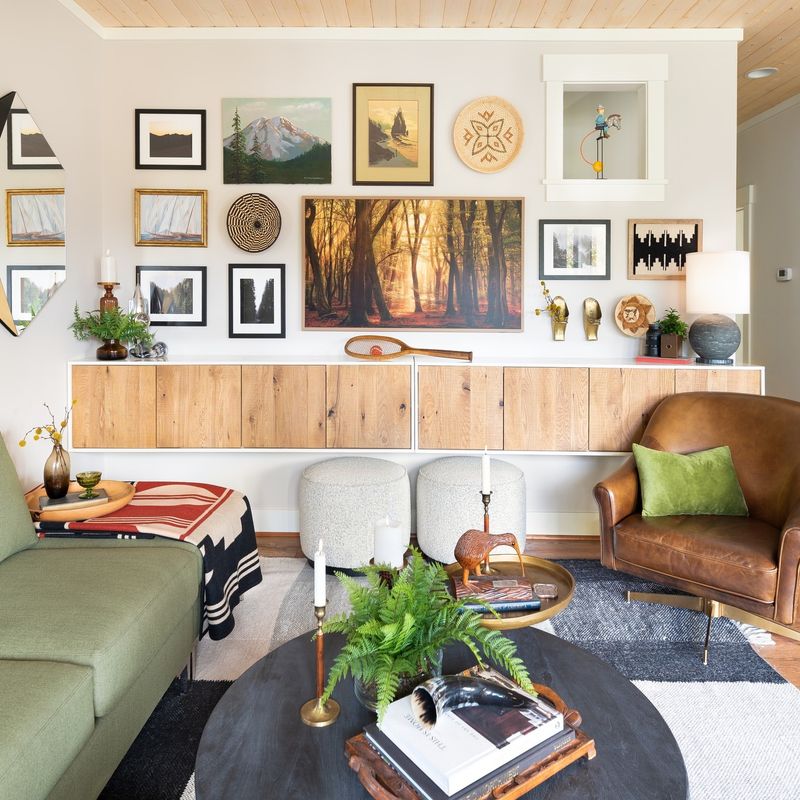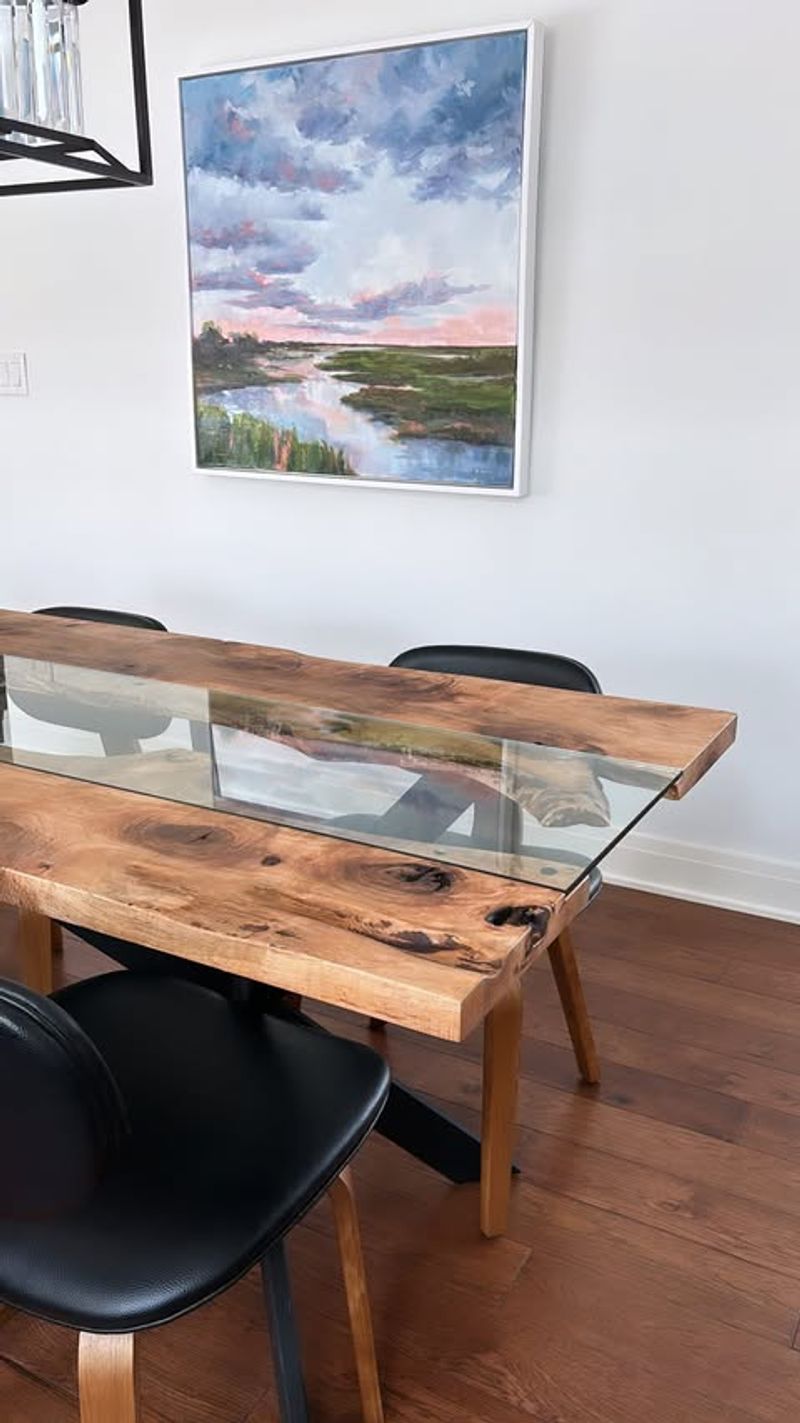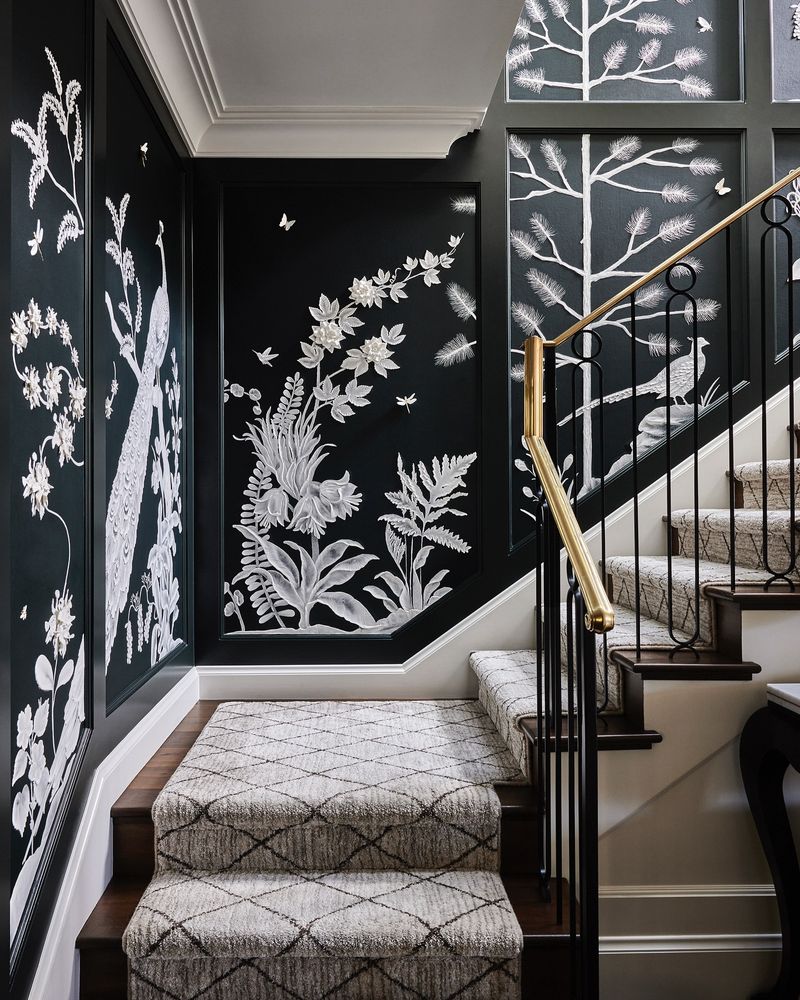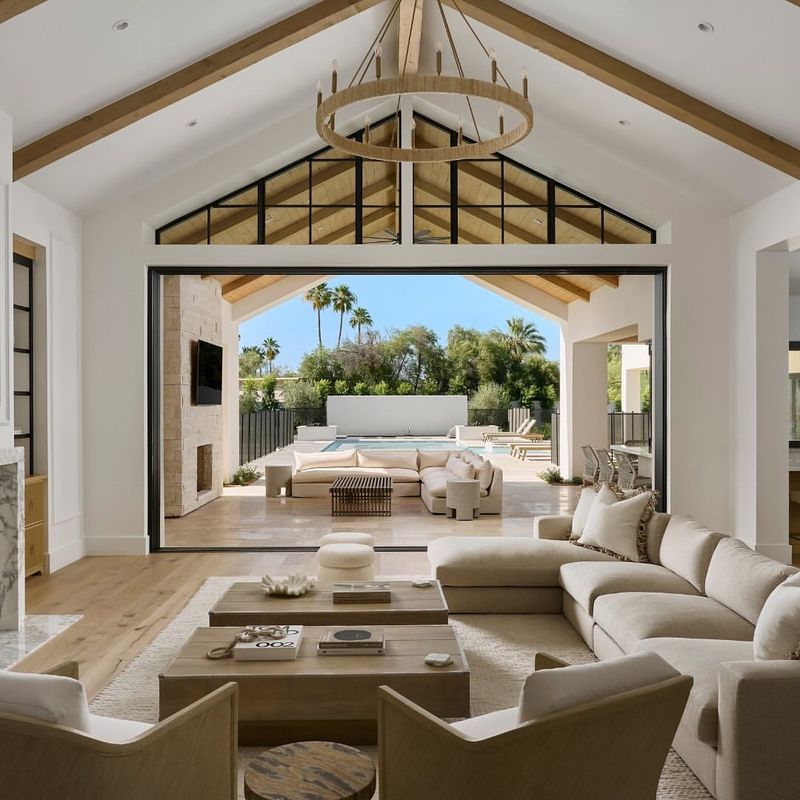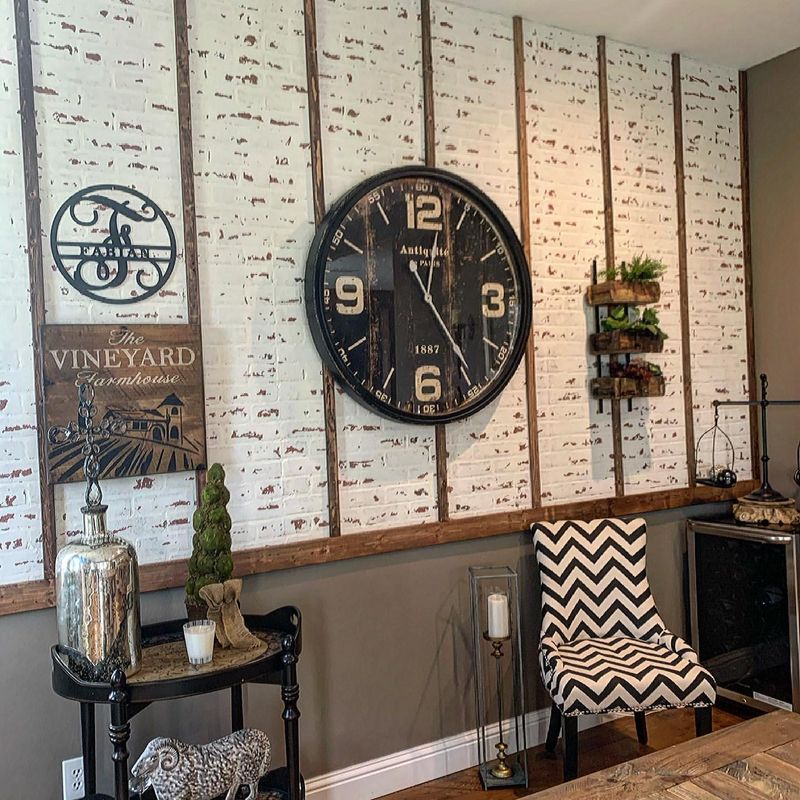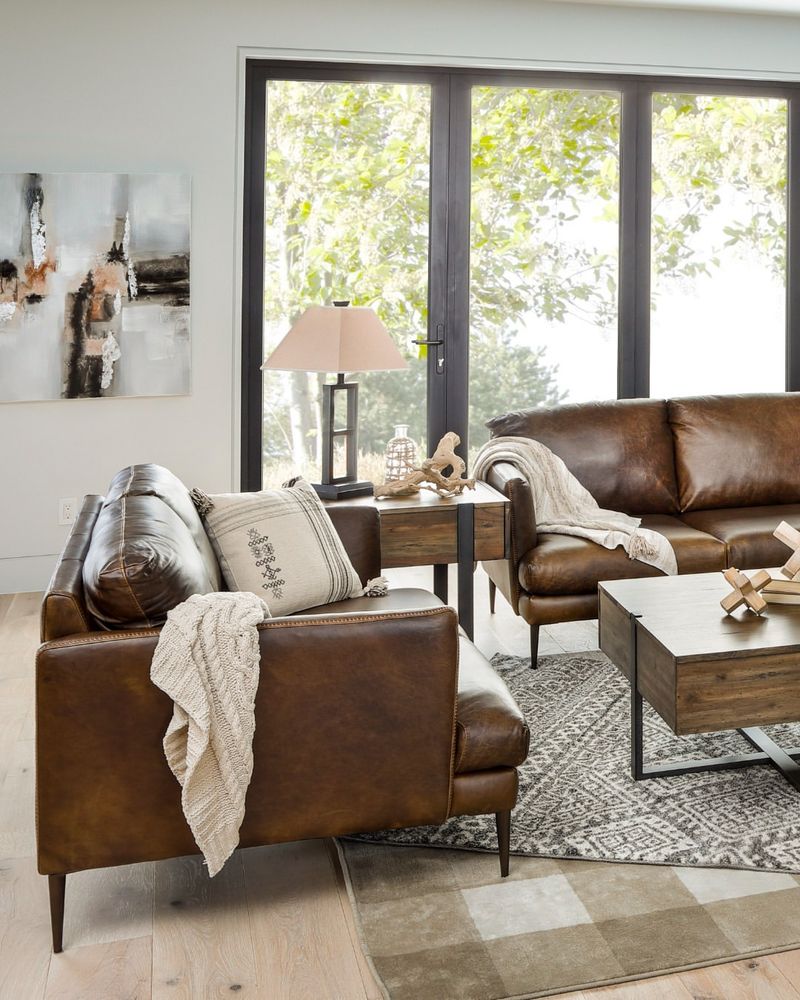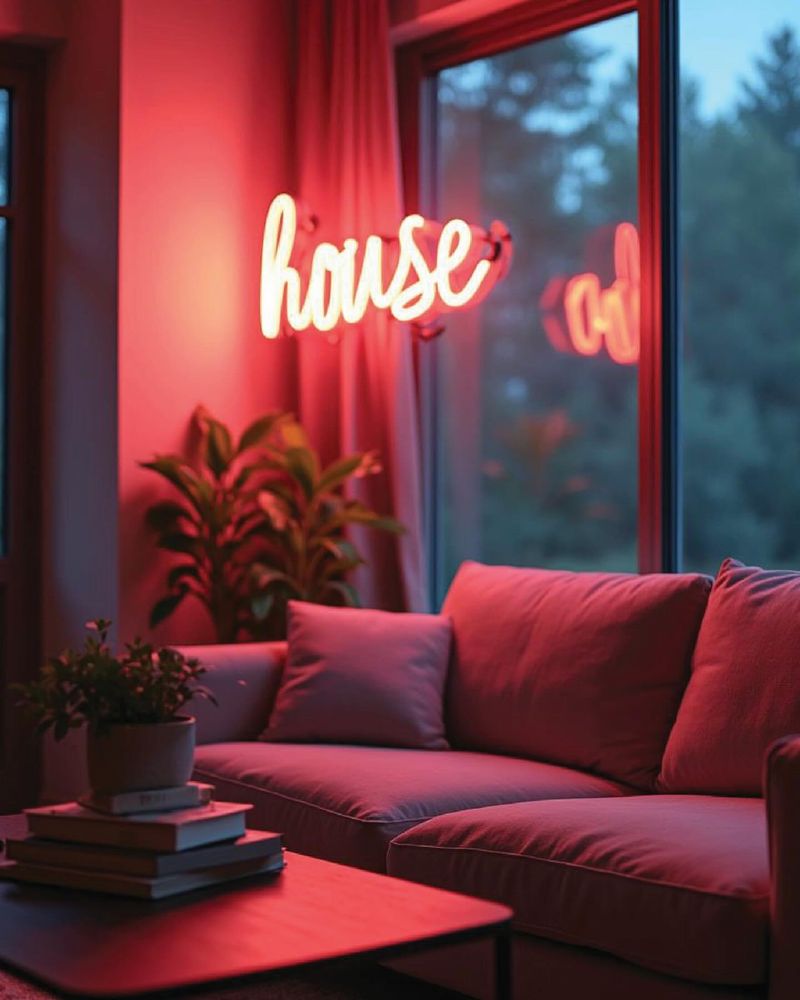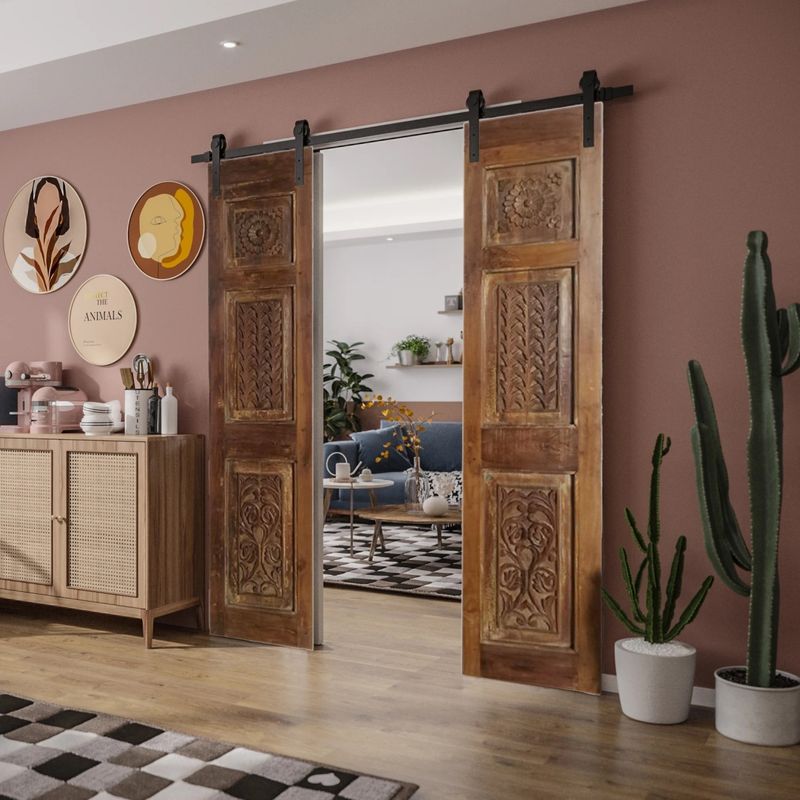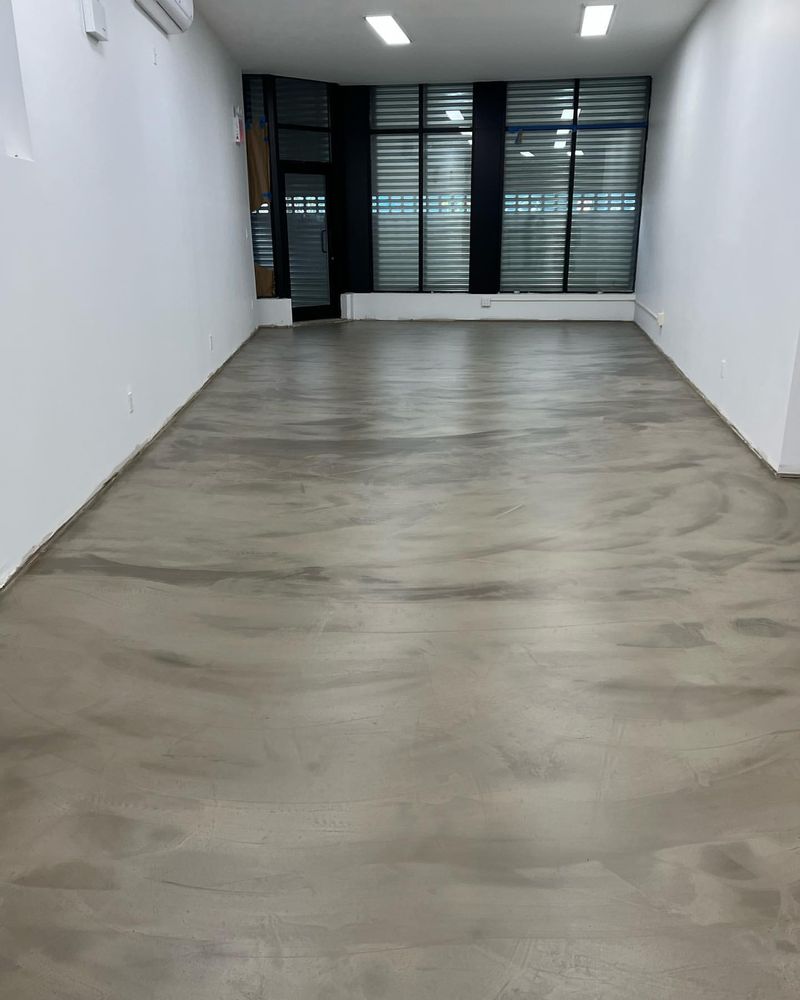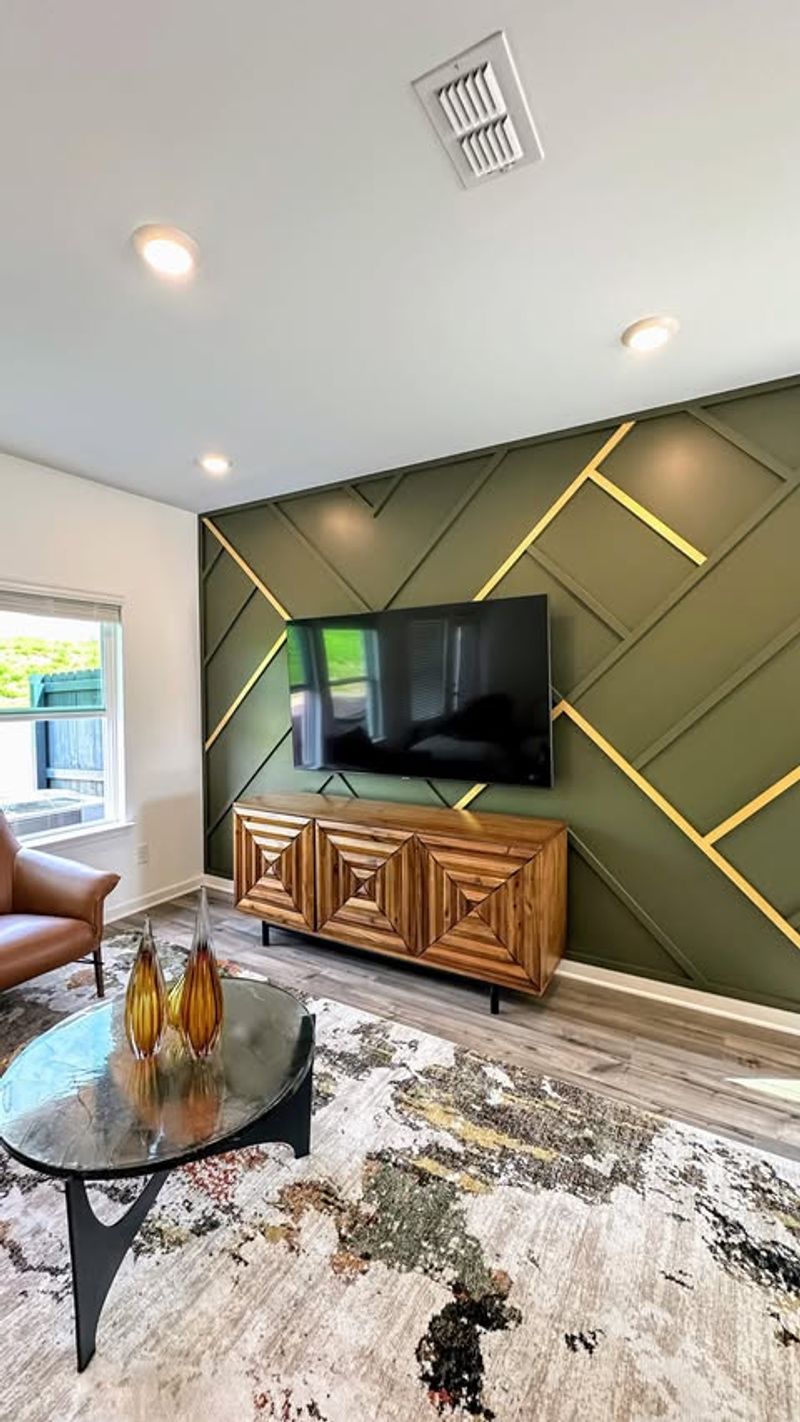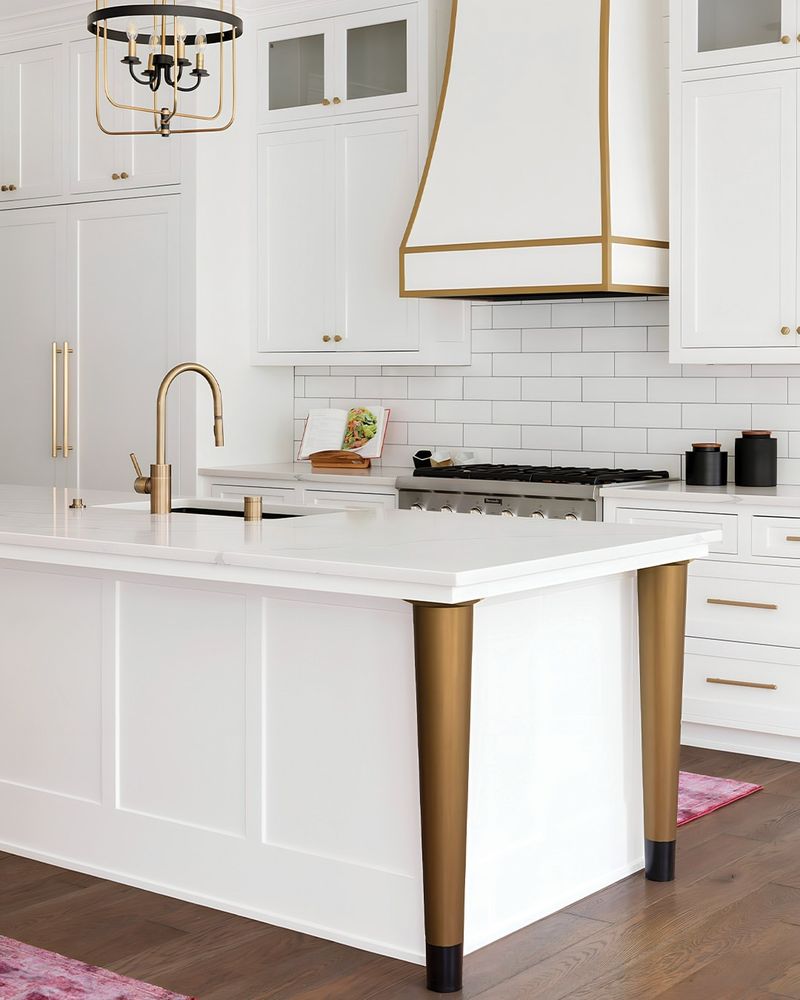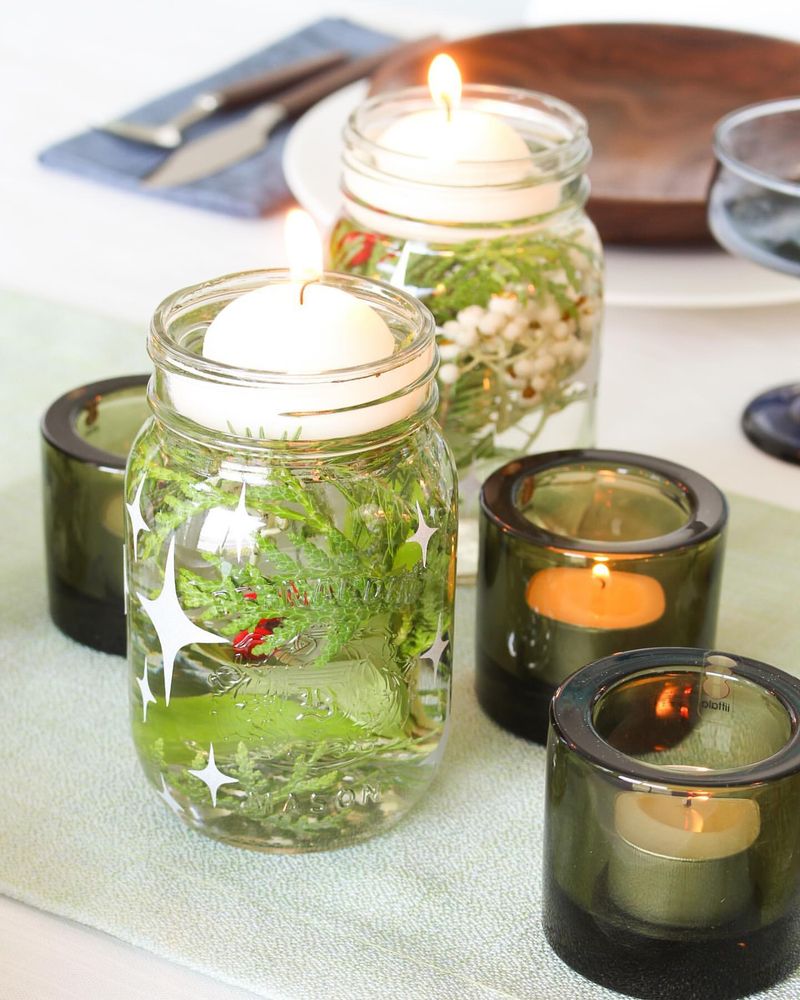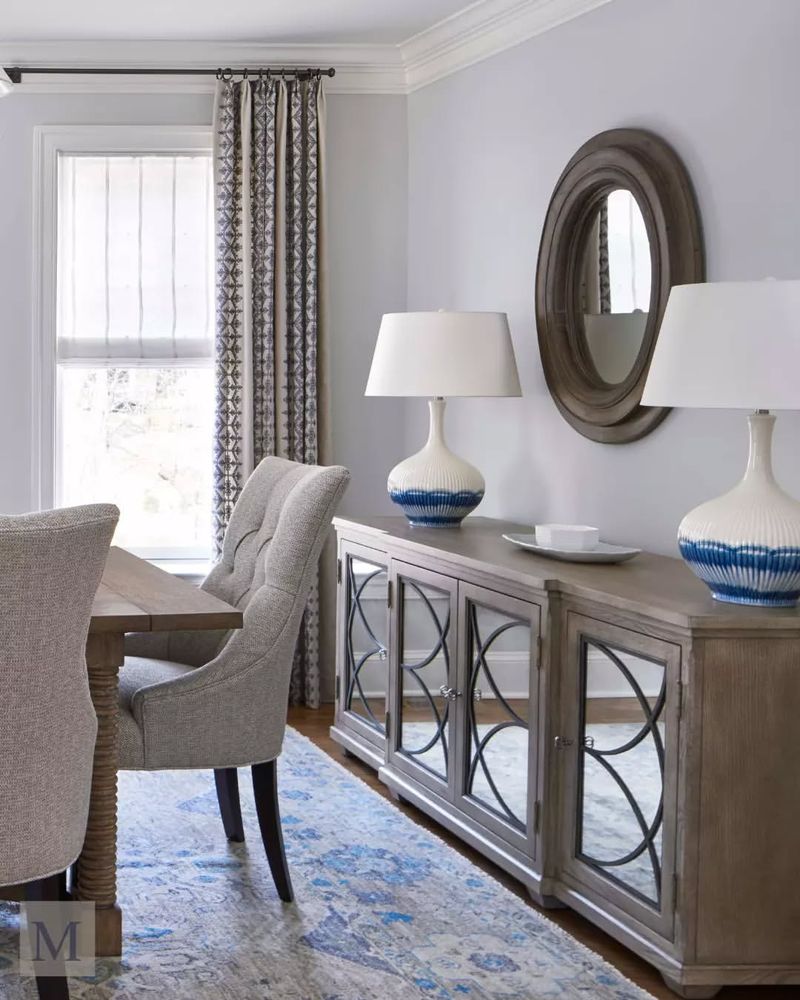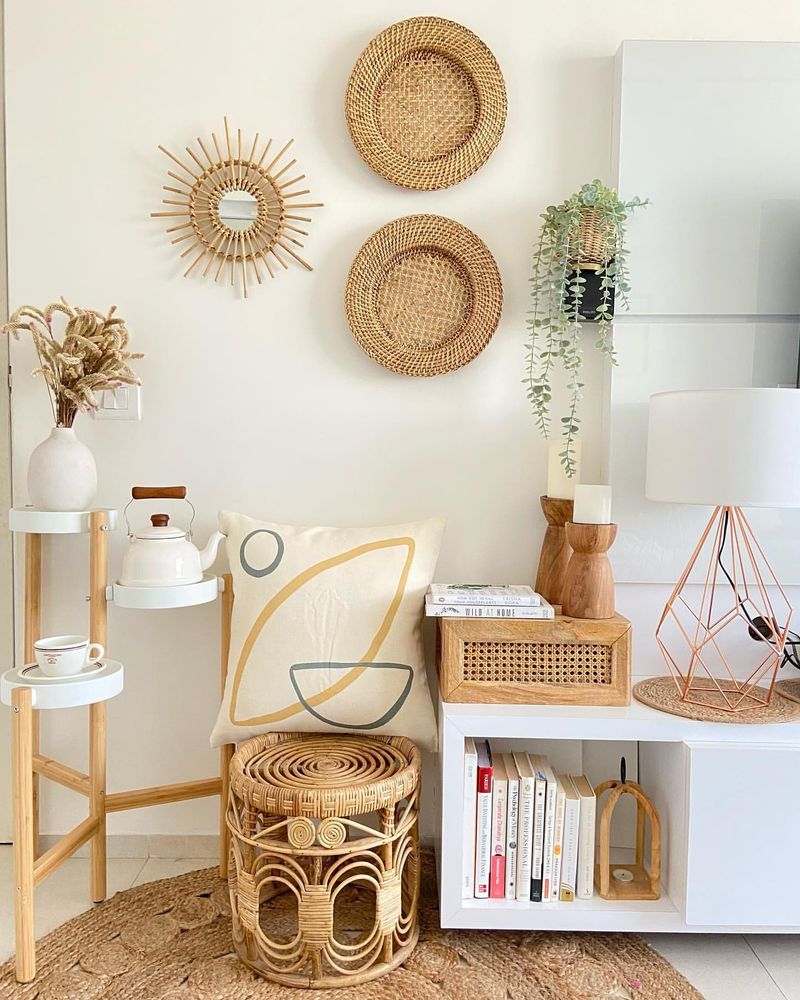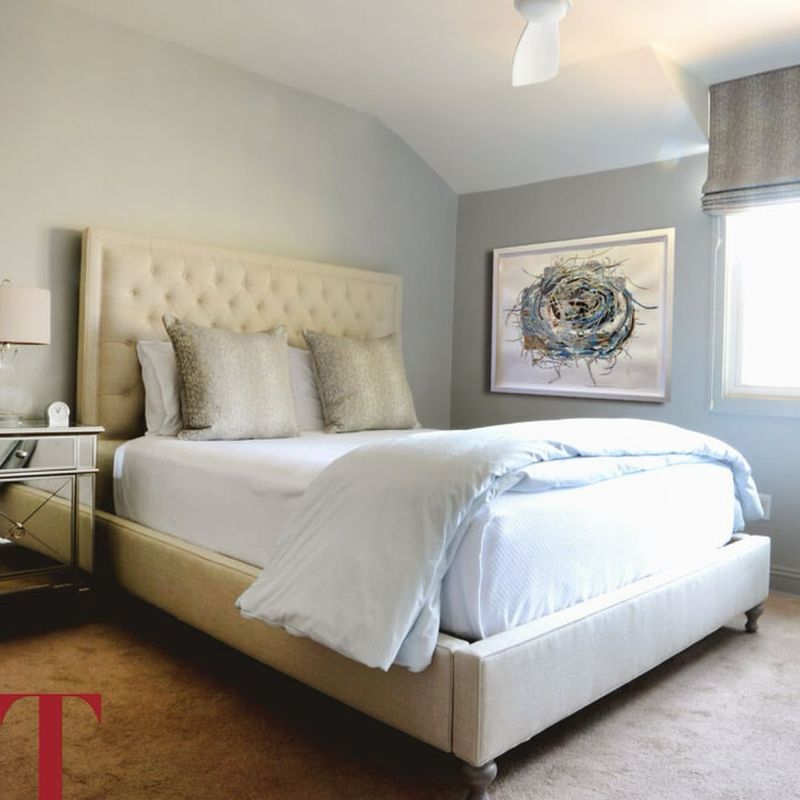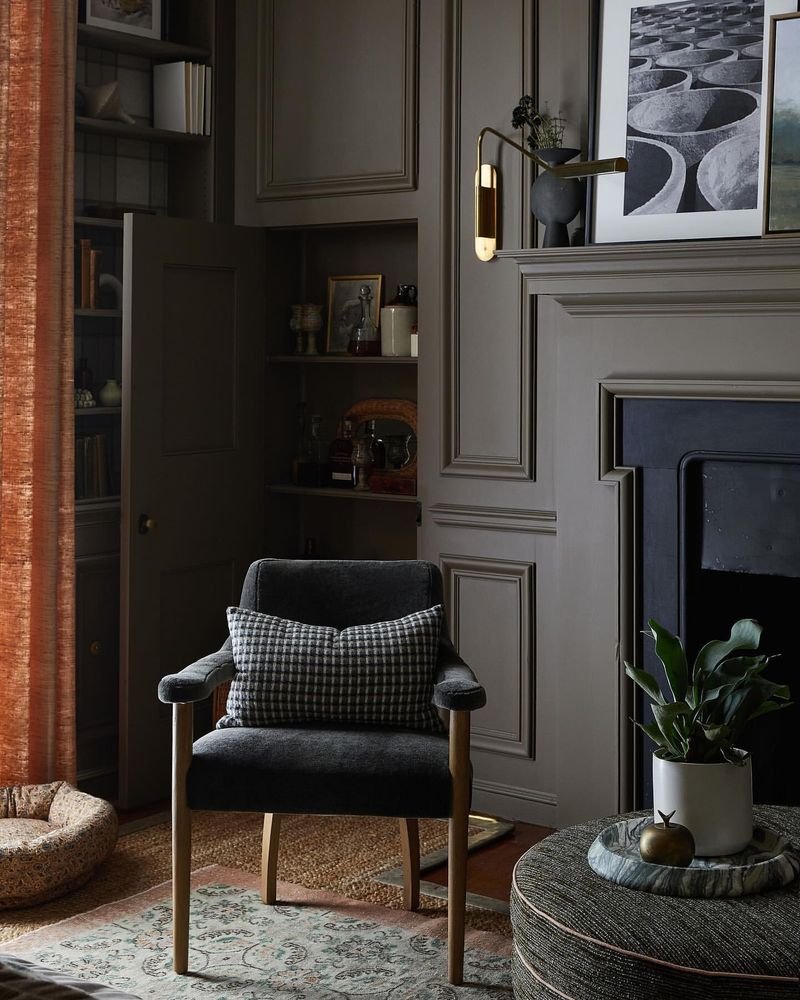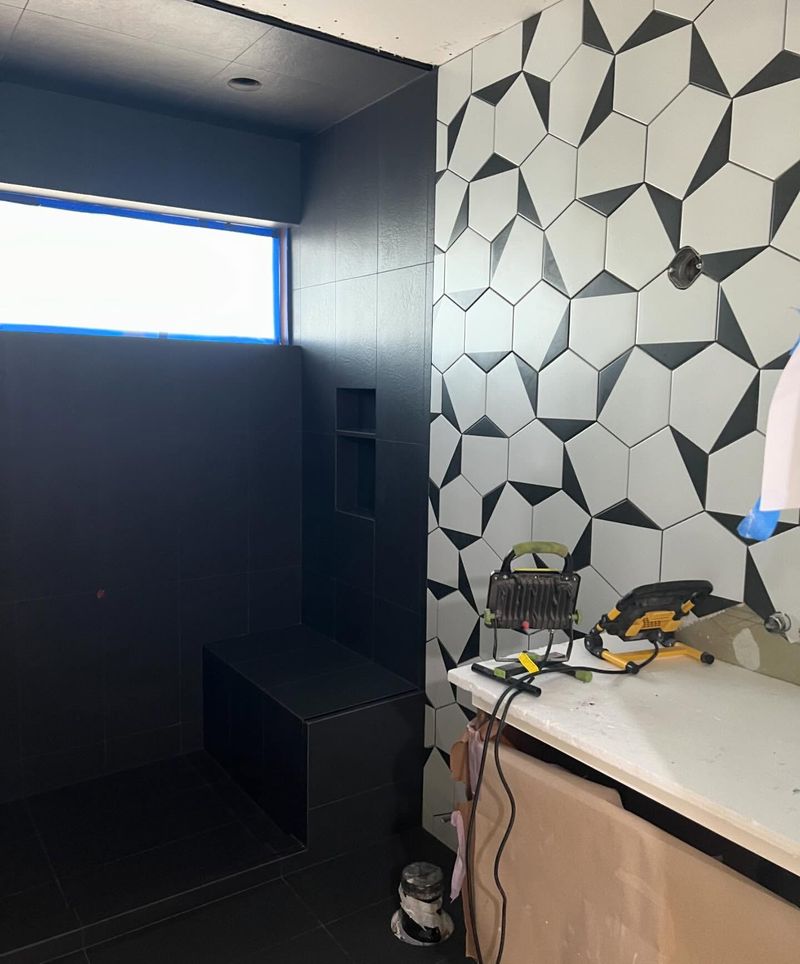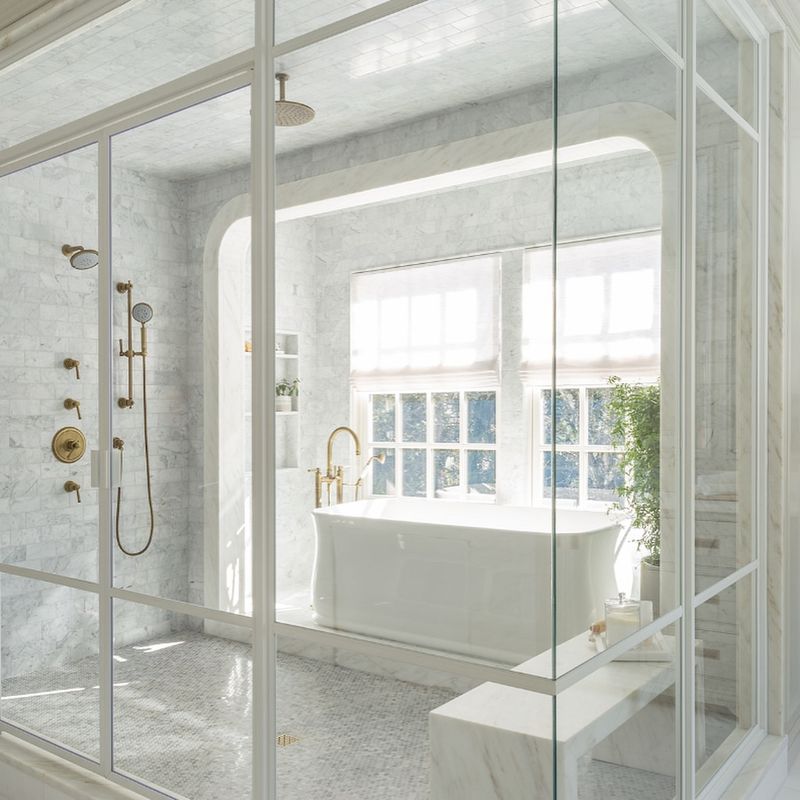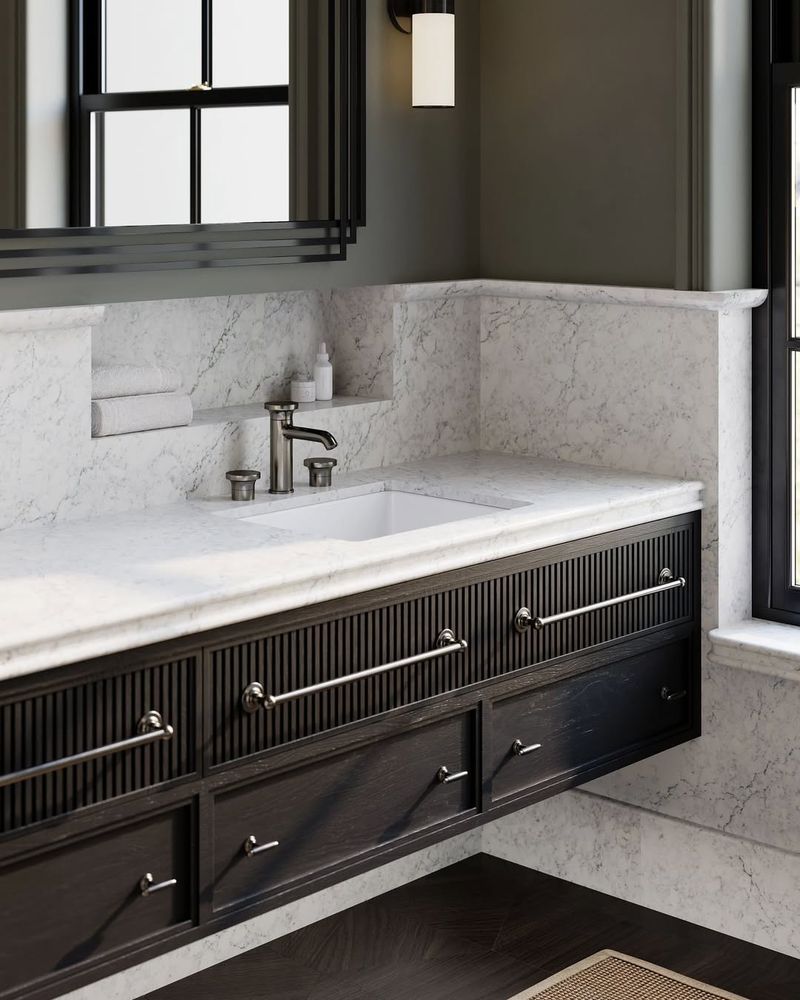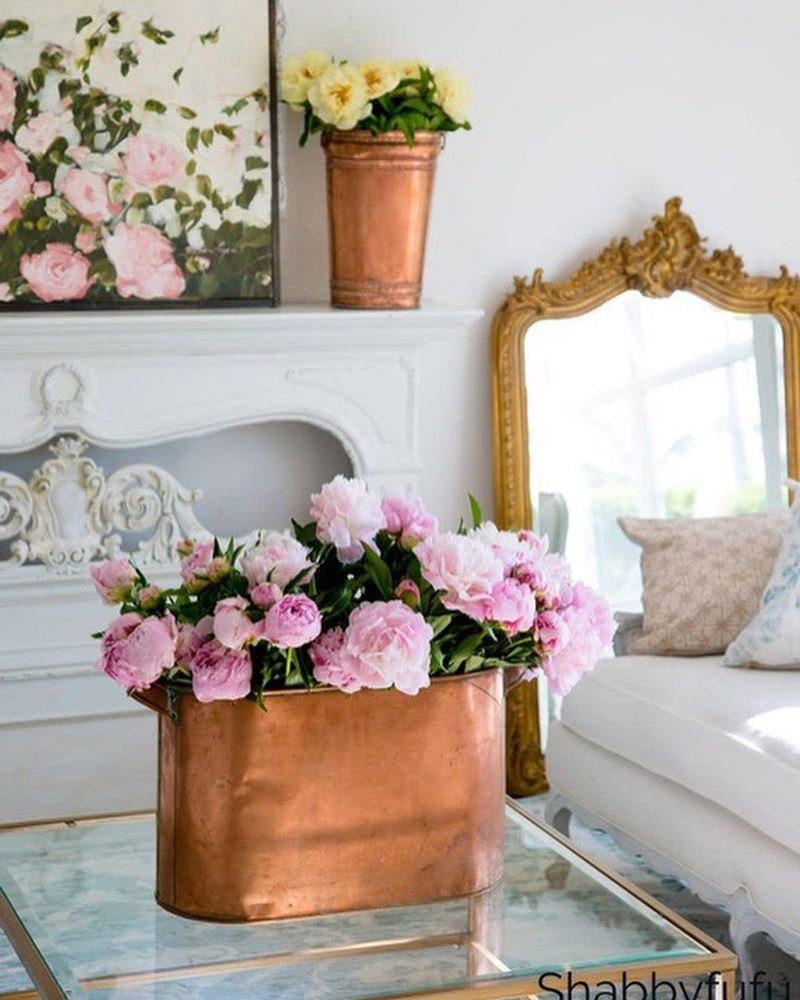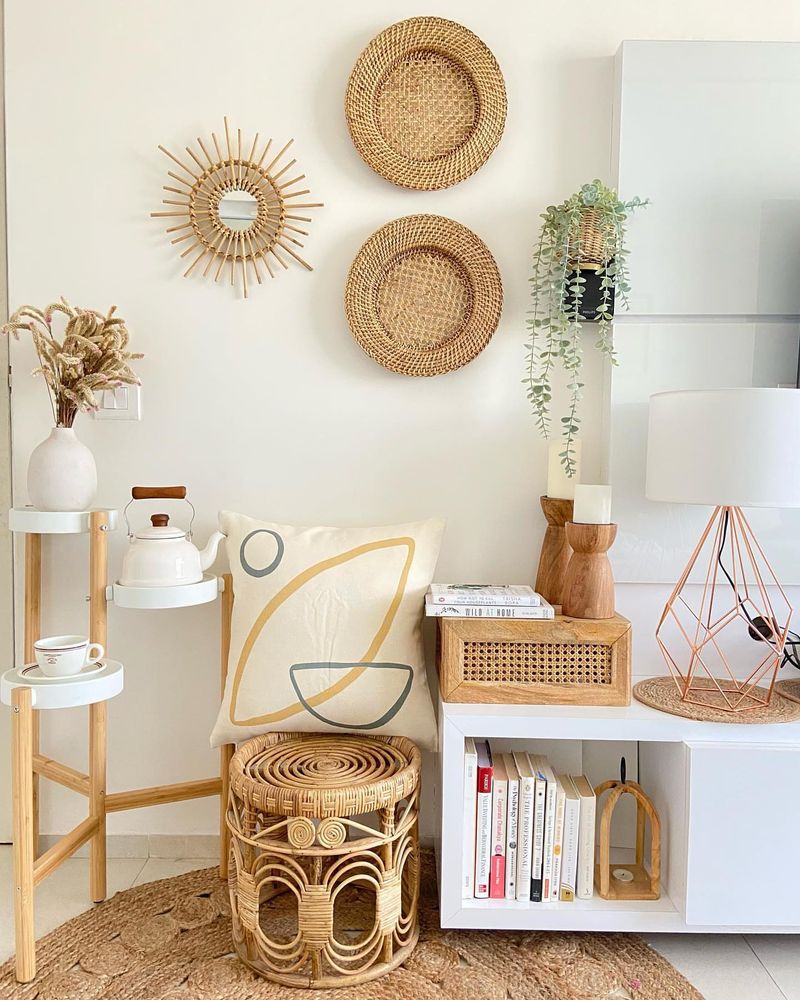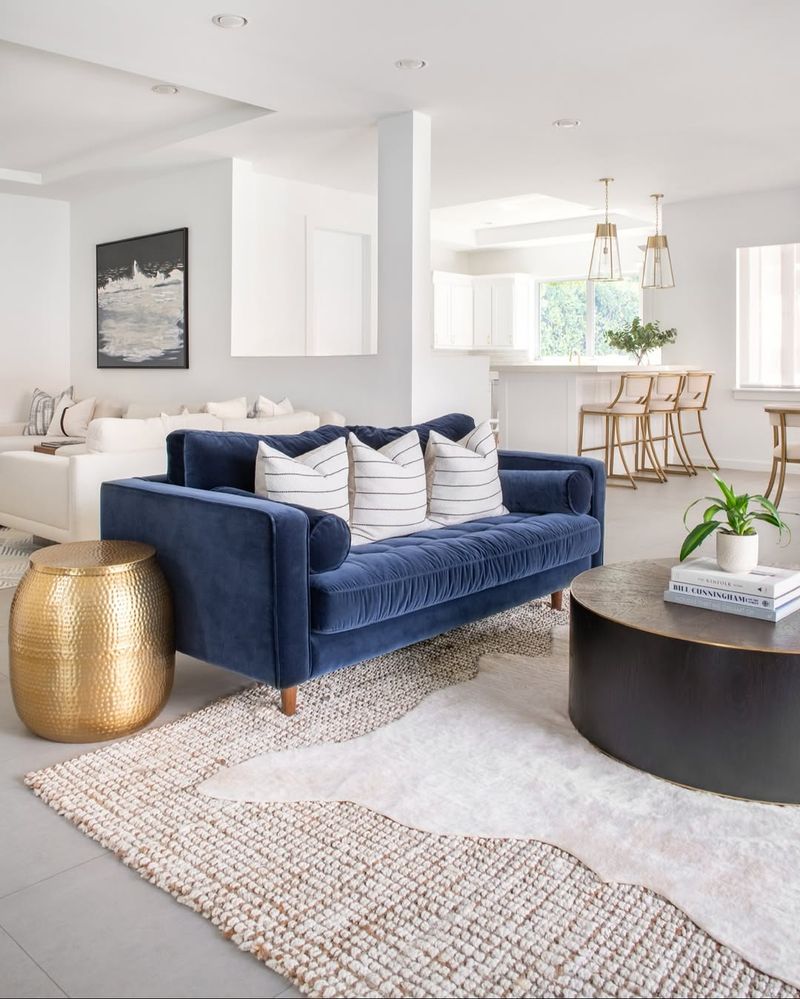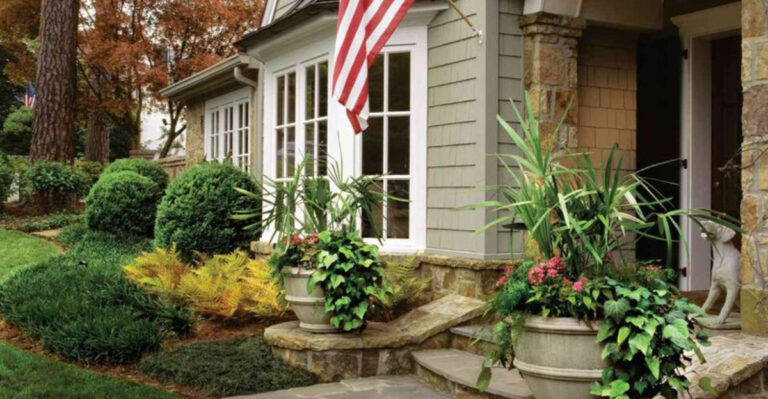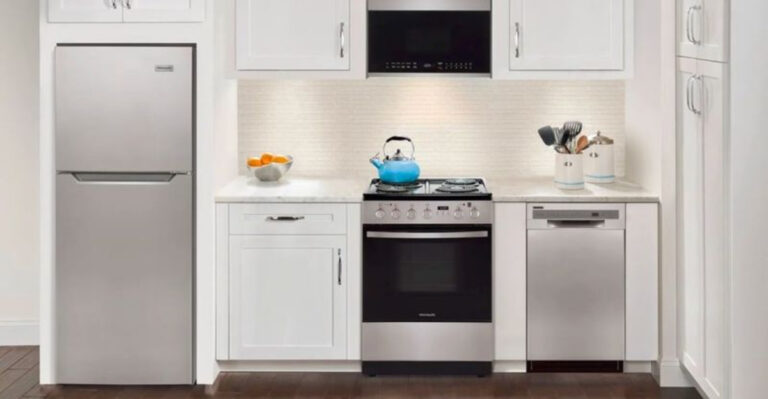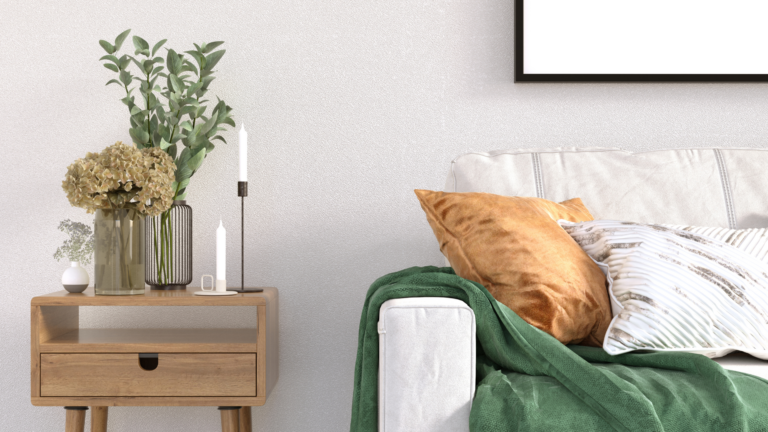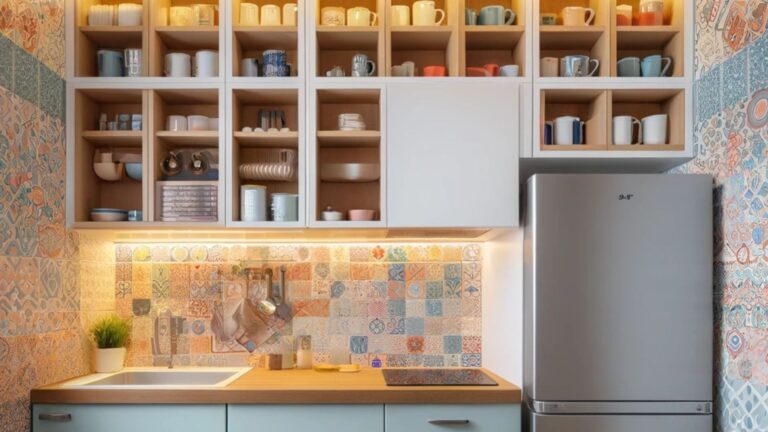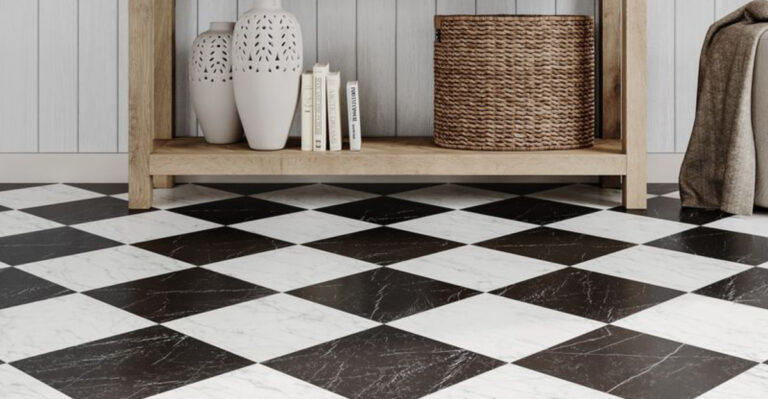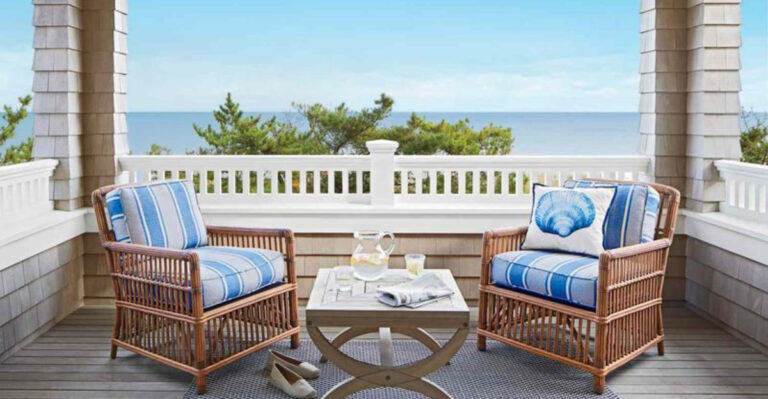30 Trends That Don’t Actually Look Good In Real Life, According To Interior Designers
Interior design trends come and go, but not every trend is meant to last or work in every setting. As you’re planning your next home renovation or redecorating project, understanding which trends might not translate well into real life is crucial.
Here’s a look at 30 popular design trends that, according to interior designers, often don’t look as great as they might in glossy magazines or social media feeds.
1. Open Shelving
Though open shelving appears chic in photos, most people find it impractical in real life. If you have ever struggled with organizing dishes, you’ll know that not everything is display-ready.
Dust accumulates quickly, and maintaining a clean look becomes a constant chore. Besides, if cooking is a regular activity, grease can add another layer of difficulty.
Practicality often takes a backseat with open shelving, which can disrupt the visual flow of a kitchen. Consider cabinetry if ease of use is a priority.
2. All-White Interiors
How alluring an all-white room looks in magazines! Yet, in a bustling household, maintaining that pristine appearance is no small feat. Kids, pets, or even a simple cup of coffee can spell disaster.
The sterile ambiance might feel unwelcoming over time. It lacks the warmth and personality many seek in a home environment.
While white can create an illusion of space, incorporating textures or subtle color accents can make it more inviting. Consider your lifestyle before committing to this trend.
3. Industrial Design
Industrial design, characterized by its raw elements, often looks striking in converted warehouses but can feel stark in typical homes. If you’re drawn to this style, ensure it complements your space.
Exposed pipes and brick may feel cold or unfinished in a cozy family home. It might not offer the comfort one desires after a long day.
Therefore, balancing industrial features with softer touches, like textiles or artwork, can enhance livability without sacrificing style.
4. Minimalism
Minimalism touts simplicity, yet achieving it might require more effort than expected. While less is more sounds appealing, minimalism demands constant decluttering.
A minimalist home often lacks personal touches that make spaces truly feel like one’s own. It can sometimes feel empty or uninspired.
If you find joy in collecting items, minimalism may not be the best fit. Instead, aim for a balanced approach to create a home that reflects who you are.
5. Animal Print
Animal prints can speak volumes in fashion, yet they often overwhelm in home decor. While some adore the bold statement, others find it chaotic.
Where subtlety is key, animal prints can clash with existing decor, leading to visual dissonance. It’s a tricky trend to master.
However, if you’re set on this look, consider limiting prints to smaller items like throw pillows. This approach can add flair without dominating the space.
6. Shiplap Walls
Shiplap walls exude rustic charm but aren’t suited for every setting. While they may complement a farmhouse style, they can feel out of place in a modern apartment.
If not installed properly, shiplap can look cheap or become a maintenance nightmare. It might not meet the expectations set by its popularity.
Before diving into this trend, evaluate whether it aligns with the overall theme of your home. Sometimes, a fresh coat of paint can achieve a similar effect.
7. Edison Bulbs
Edison bulbs, with their nostalgic glow, often evoke a sense of warmth but may lack practicality. If ambiance is a priority, their dimness can become a concern.
In spaces that require task lighting, these bulbs might fall short, leaving you in the dark, literally. The trend may clash with modern settings, too.
However, pairing Edison bulbs with brighter lighting fixtures can offer the best of both worlds. This way, style doesn’t compromise functionality.
8. Chevron Patterns
Chevron patterns can invigorate a space, but they risk dating it quickly. They might seem trendy initially, but their appeal can fade fast.
If you’ve considered chevron for your home, remember that it can dominate a room, leaving little room for other design elements. It can also become visually overwhelming.
Considering alternatives like classic stripes might offer a timeless elegance. However, if you love chevron, reserve it for accents rather than main features.
9. Gallery Walls
Gallery walls can personalize a space, yet they demand careful curation. If you’ve ever struggled with nail placement, you know the challenge.
Inconsistencies in frame sizes or themes can make them appear cluttered. Gallery walls might look chaotic rather than cohesive.
However, sticking to a specific color scheme or theme can bring harmony. This way, your gallery wall becomes an artful addition rather than a haphazard display.
10. Reclaimed Wood
Reclaimed wood offers character but requires careful integration. If you’ve considered it, ensure it complements your existing decor.
In modern settings, reclaimed wood might feel jarring or out of place. It demands a balance to avoid a disjointed look.
However, mixing reclaimed wood with contemporary elements can bring warmth without overpowering. Thoughtful placement allows this trend to shine harmoniously.
11. Bold Wallpapers
Bold wallpapers can make a statement, but they can also overwhelm a space. It’s a trend that divides opinion among designers.
If the pattern is too busy, it can make rooms feel smaller or more chaotic. Bold wallpapers also carry the risk of quickly going out of style.
However, using them sparingly or as an accent wall can maintain their visual impact without overpowering. This approach retains style while ensuring flexibility.
12. Open Floor Plans
Open floor plans promise spaciousness but can lack intimacy. While they are loved for their versatility, this layout can feel vast or impersonal.
In homes where privacy is valued, open plans might not suit your needs. Noise can travel easily, disrupting quiet moments.
However, strategic furniture placement can define spaces within an open plan, offering the best of both worlds. Consider your lifestyle before committing entirely.
13. Faux Finishes
Faux finishes aim for luxury but can fall short in execution. Though they mimic high-end materials, discerning eyes can often tell the difference.
If not done well, faux finishes can look cheap, affecting the overall elegance of a space. They may not withstand the test of time or trends.
However, investing in quality materials or skilled craftsmanship can elevate the finish. This ensures your space retains its luxurious appeal authentically.
14. Matching Furniture Sets
Matching furniture sets offer cohesion but might lack personality. While they promise ease, they can quickly become monotonous.
If you’ve chosen a set, remember that it can stifle creativity, leading to a cookie-cutter look. Rooms may feel predictable rather than personalized.
However, mixing and matching individual pieces can inject character into your space. This approach creates a unique aesthetic without sacrificing harmony.
15. Neon Signs
Neon signs can offer a pop of color but often feel out of place in homes. If you’ve considered one, ensure it aligns with your aesthetic.
Their bright glow might clash with serene surroundings, creating visual tension. Neon signs are better suited for playful or eclectic spaces.
However, if you love the look, consider using them in spaces where you entertain. This way, they add fun without overpowering everyday settings.
16. Sliding Barn Doors
Sliding barn doors exude charm but can disrupt modern aesthetics. If you’ve chosen this feature, ensure it complements your home style.
They might lack the soundproofing or privacy a traditional door offers. This trend can also pose installation challenges in certain spaces.
However, when used in rustic or farmhouse settings, barn doors can enhance character. Choosing quality hardware ensures functionality matches style.
17. Concrete Floors
Concrete floors, with their industrial vibe, can feel cold in residential spaces. If you’ve opted for this trend, be prepared for potential discomfort.
Concrete may lack the warmth or softness desired in a home, leading to a less inviting atmosphere. It’s also prone to cracking or staining.
However, pairing concrete with warm textiles or rugs can soften its appearance. This balances the industrial look with homey comfort.
18. Accent Walls
Accent walls can captivate, but they risk disrupting flow. If you’ve chosen this trend, ensure it enhances rather than distracts.
A poorly executed accent wall can feel out of place, leading to visual imbalance. It might dominate rather than harmonize.
However, selecting complementary colors or subtle textures can ensure cohesion. This approach adds interest without overwhelming the space.
19. Mixing Metals
Mixing metals can offer depth but may feel cluttered if overdone. If you’ve embraced this trend, aim for balance rather than excess.
Too many metal finishes can lead to visual chaos, making spaces feel disjointed. Consistency in tones can mitigate this risk.
However, thoughtfully mixing metals can add sophistication without overwhelming. Pairing similar hues ensures a cohesive look.
20. Mason Jars
Mason jars, loved for their rustic charm, may not suit every decor. If you’ve used them, ensure they resonate with your overall style.
In modern homes, mason jars can feel out of place, leading to a fragmented aesthetic. They might also lack practicality in larger settings.
However, when used sparingly or as accents, mason jars can add warmth. This approach maintains their charm without dominating.
21. Mirrored Furniture
Mirrored furniture might seem like an easy way to add glamour to a room, but it often becomes more of a headache than a highlight. The reflective surfaces show every smudge and fingerprint, requiring constant cleaning to maintain their shine.
In addition to their high-maintenance nature, mirrored pieces can make spaces feel cluttered and chaotic, reflecting everything in the room and creating visual noise. This trend often sacrifices practicality for aesthetics, which can be overwhelming rather than elegant.
22. Boho Decor
Boho decor is vibrant but can feel cluttered. If you’ve embraced this style, aim for cohesion amid creativity.
Too many elements can lead to disarray, making rooms feel chaotic. Finding balance is key to maintaining boho’s relaxed vibe.
However, focusing on few statement pieces can retain boho’s charm without overwhelming. This ensures style and comfort coexist.
23. Tufted Headboards
Tufted headboards offer elegance but might feel dated. If you’ve considered one, ensure it complements your modern decor.
Their plush design can dominate, making rooms feel formal rather than inviting. They might not suit minimalist aesthetics.
However, in classic or vintage settings, tufted headboards can enhance style. Pairing with simple bedding ensures a balanced look.
24. Dark Walls
Dark walls can create drama but often shrink spaces. If you’ve chosen this trend, consider room size and lighting.
In smaller spaces, dark walls can feel oppressive, limiting openness. They might require strategic lighting to avoid gloom.
However, using dark walls in larger rooms or as accents can add sophistication. This approach maintains depth without sacrificing space.
25. Geometric Tiles
Geometric tiles offer visual interest but risk overwhelming. If you’ve chosen them, consider balance among other elements.
Busy patterns can dominate, leading to visual fatigue. They might clash with existing decor, causing disharmony.
However, using geometric tiles sparingly or in small areas can maintain style without chaos. This approach ensures elegance and excitement coexist.
26. All-Glass Showers
All-glass showers promise openness but demand upkeep. If you’ve opted for this trend, be prepared for constant cleaning.
Water spots and streaks can quickly mar their appeal, requiring vigilance. This trend might clash with traditional aesthetics.
However, maintaining a regular cleaning routine can preserve their elegance. This ensures style and function coexist beautifully.
27. Floating Vanities
Floating vanities offer modernity but might lack storage. If you’ve chosen this trend, prioritize function alongside style.
Limited cabinetry can lead to clutter, undermining sleek aesthetics. This trend might not suit larger families or shared spaces.
However, combining with external storage solutions can ensure practicality. This approach maintains modern style without sacrificing organization.
28. Copper Accents
Copper accents offer warmth but risk overuse. If you’ve considered them, aim for subtlety to avoid clashing.
Too many copper elements can overwhelm, leading to visual discord. Their shine might not align with all decor styles.
However, integrating copper accents sparingly can add elegance. This approach balances warmth and refinement effortlessly.
29. Rattan Furniture
Rattan furniture exudes boho charm but requires context. If you’ve opted for it, ensure it suits your space’s vibe.
In modern settings, rattan might feel misplaced, leading to aesthetic confusion. It might not offer the durability some require.
However, when paired with complementary textures, rattan can enhance warmth. This approach ensures style and comfort harmonize beautifully.
30. Velvet Upholstery
Velvet upholstery offers luxury but demands care. If you’ve chosen it, be prepared for maintenance.
Its plush texture can attract dust or pet hair, requiring regular cleaning. This trend might not suit high-traffic areas.
However, using velvet in accent pieces can add opulence without hassle. This ensures style and practicality coexist gracefully.
